Explanation
Camp Greaves served as a camp base for the 506th US Second Infantry Division for about 50 years after the ceasefire agreement of the Korean War. The land was given back to the Korean government in 2007. The camp has been turned into a peace and security experience facility, and it is located approximately 2 kilometers away from the DMZ. It is also the first youth hostel to be located within a restricted area for civilians in Paju city.
An entire building of the US Army officer quarters was remodeled into a youth hostel and can accommodate up to 240 guests. The hostel is comprised of an office, a small auditorium on the first floor, rooms on the second and third floors, and a large auditorium on the fourth floor. The camp offers diverse programs including educational programs.
Inquiry
+82-31-953-6970
Homepage
Information Use
Experience Guide : [Themed Programs]
- Narasarang
DMZ 1129, Narasarang Concert
- Nature Ecology
DMZ ecological cultural class
- Peace Unification
Challenge DMZ Golden Bell / Hanging a ribbon for peace / POP&U (Platform of Peace & Unification)
- Other programs
Relationship-forming program / Capira / Strategy Domino, etc.
Making DMZ chocolates / Camp Greaves Festival / Flying DMZ / Greavesteering
- Leadership
How to lead a conference / APT (Action Power Time)
* Programs are subject to change so make an inquiry or visit the website before visiting
Contact and Information : • 1330 Travel Hotline: +82-2-1330
(Korean, English, Japanese, Chinese)
• For more info: +82-31-953-6970
Day off : Mondays (* Refer to the official website for discount details)
More information
Film Locations
Drama "Descendants of the Sun (2016)"
Facility Utilization Fees
[Accommodations]
Individuals: Elementary school students 19,000 won / Middle•High school students 20,000 won / University students 24,000 won / Adults 32,000 won
Groups: Elementary school students 15,000 won / Middle•High school students 16,000 won / University students 19,000 won / Adults 25,000 won
Meals: Elementary school students 5,500 won / Middle•High school students 6,000 won / University students & Adults 7,000 won
* Groups: 20 people or more
[Program Fees]
One-day program: Students 15,000 won / University students & Adults 17,500 won
Two-day program: Students 18,000 won / University students & Adults 20,000 won
Three-day program: Students 28,000 won / University students & Adults 30,000 won
Available Facilities
Accommodations, auditorium, small hall, meeting room, gymnasium, etc.
Location
137, Jeoksipja-ro, Paju-si, Gyeonggi-do
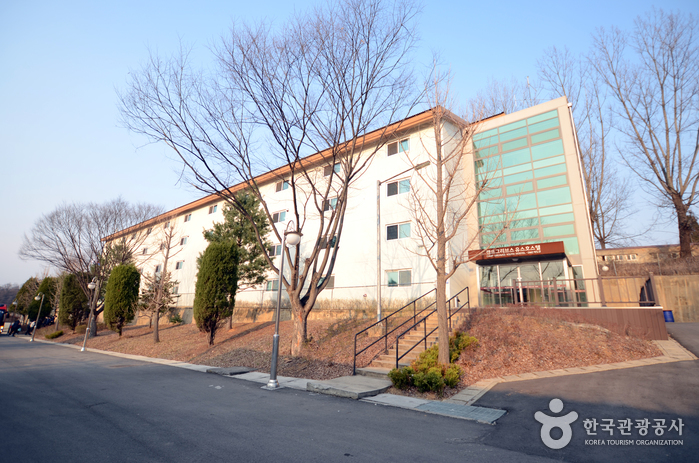
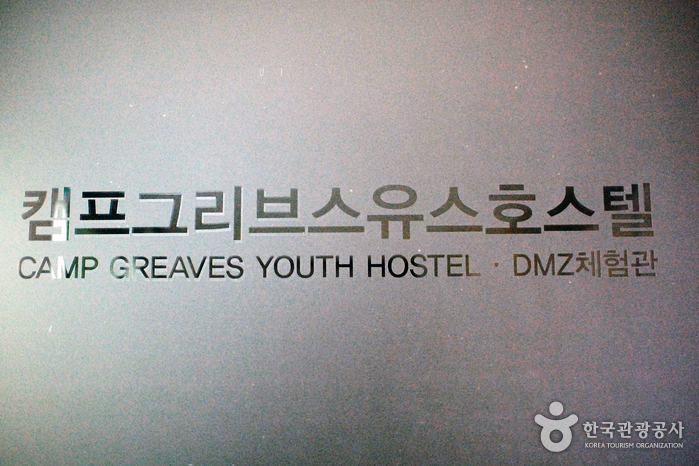
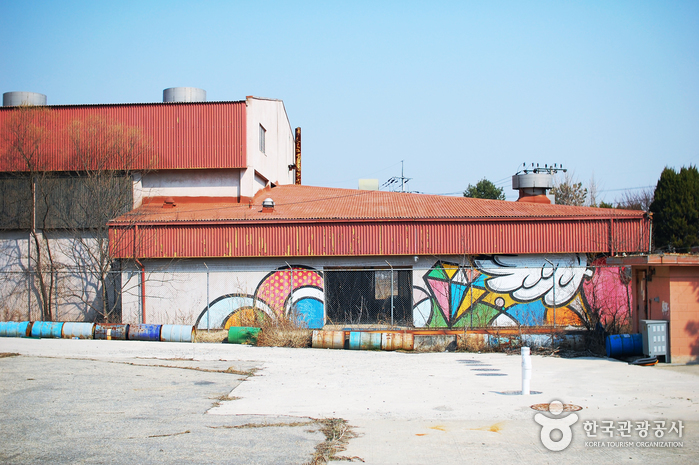
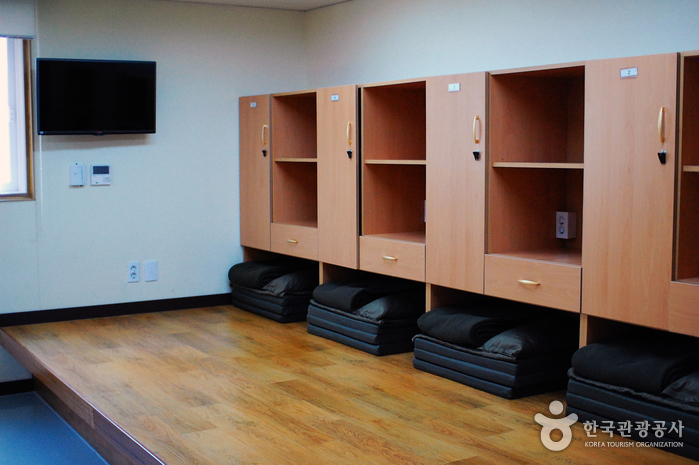
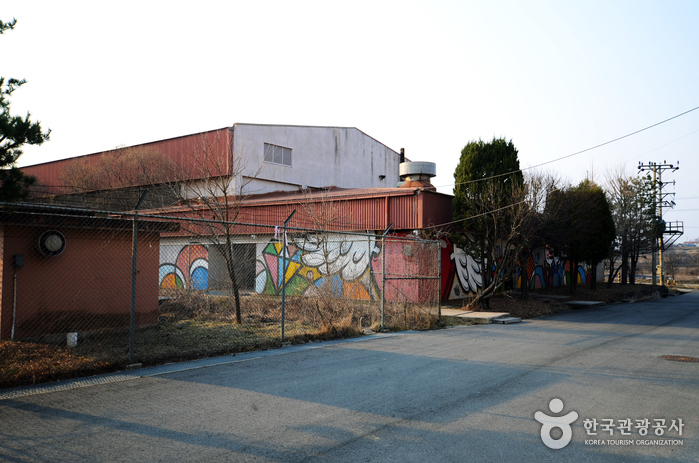
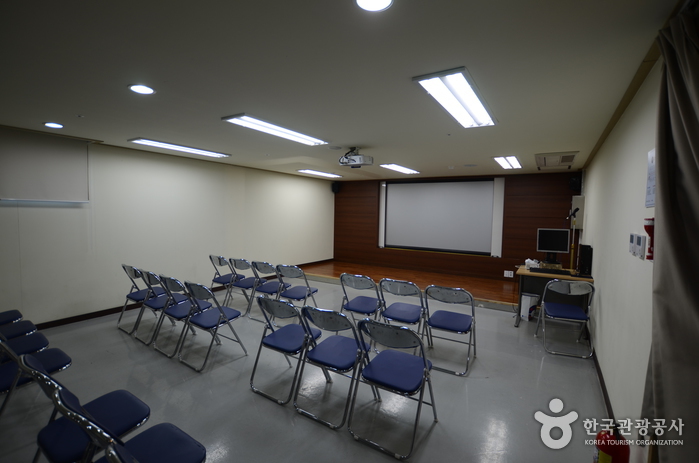

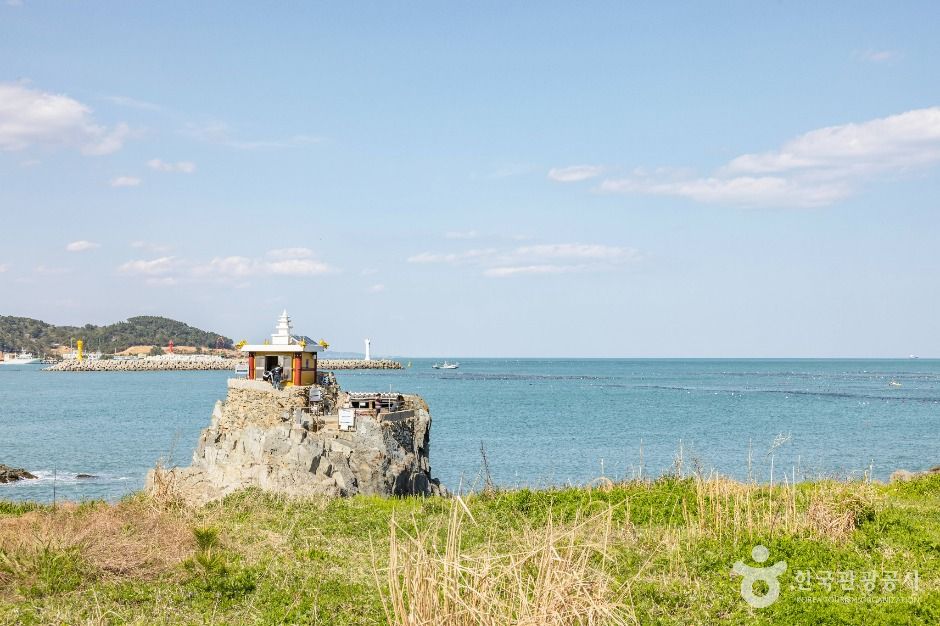
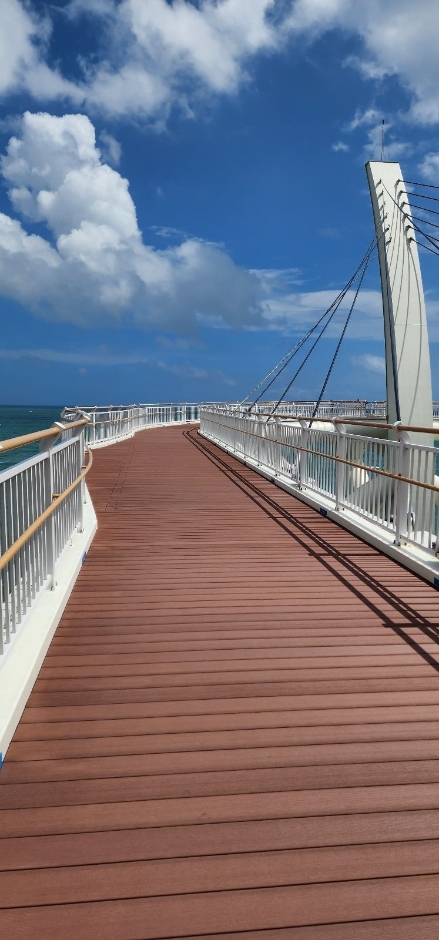
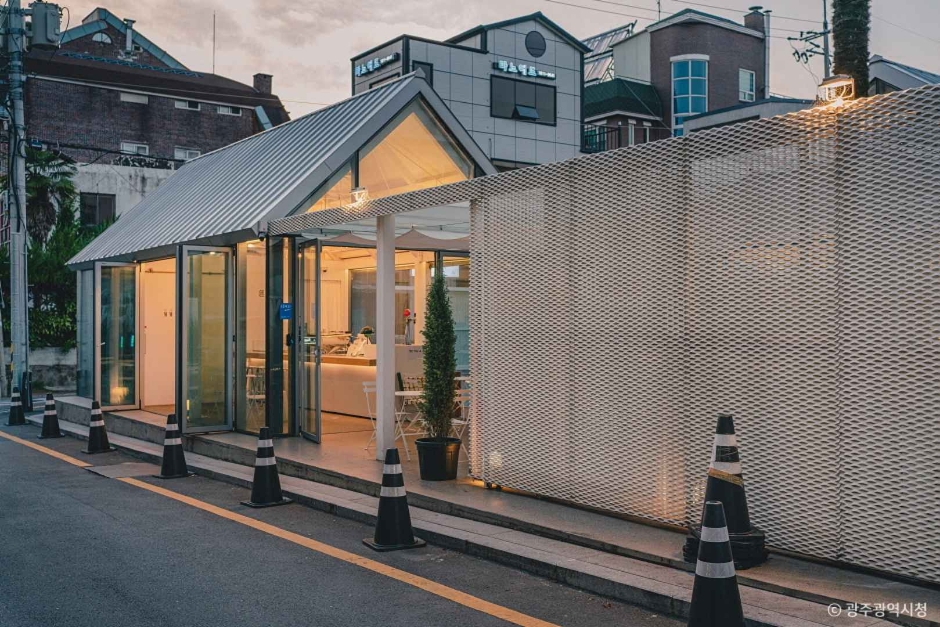
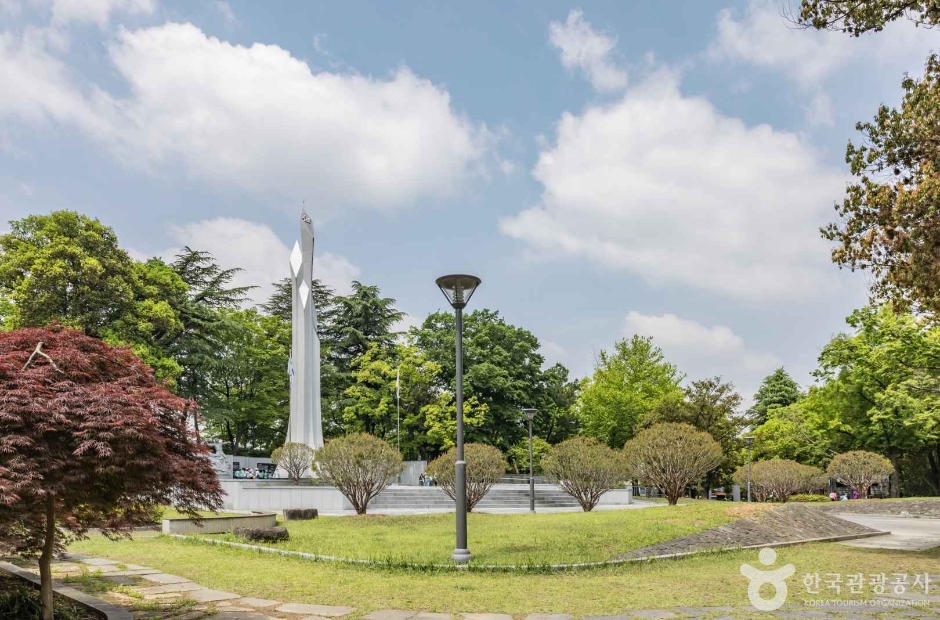
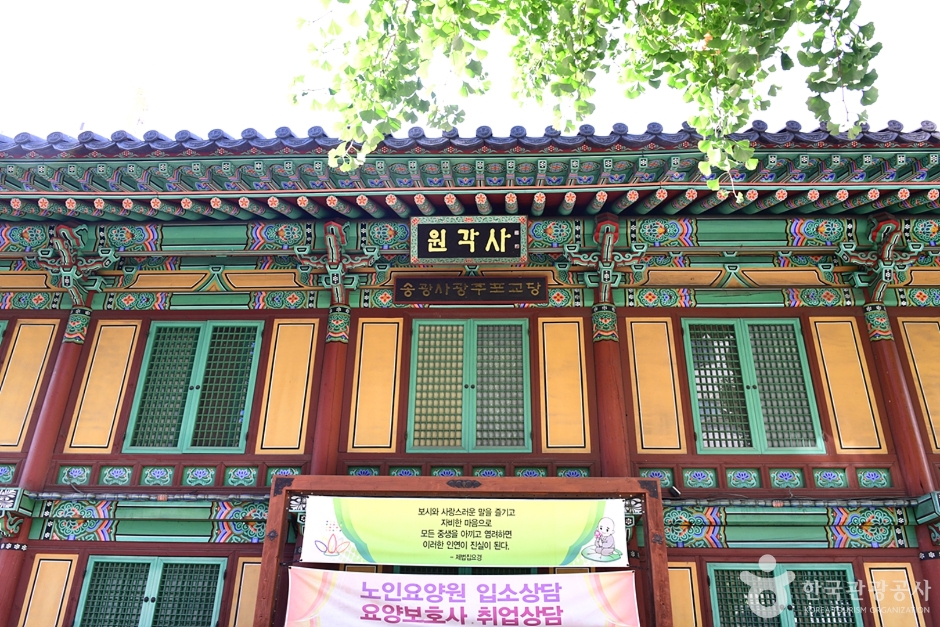
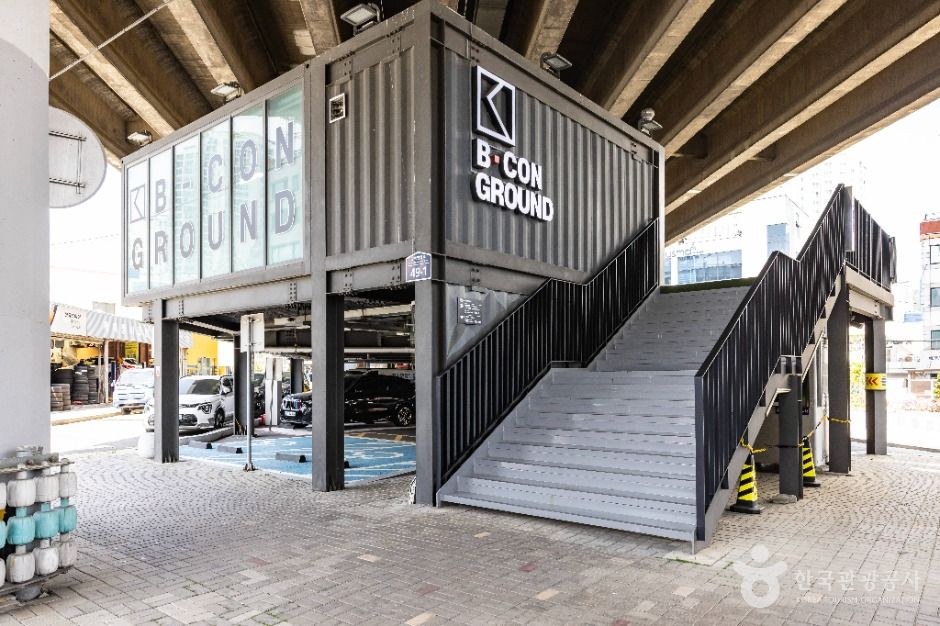

 English
English
 한국어
한국어 日本語
日本語 中文(简体)
中文(简体) Deutsch
Deutsch Français
Français Español
Español Русский
Русский